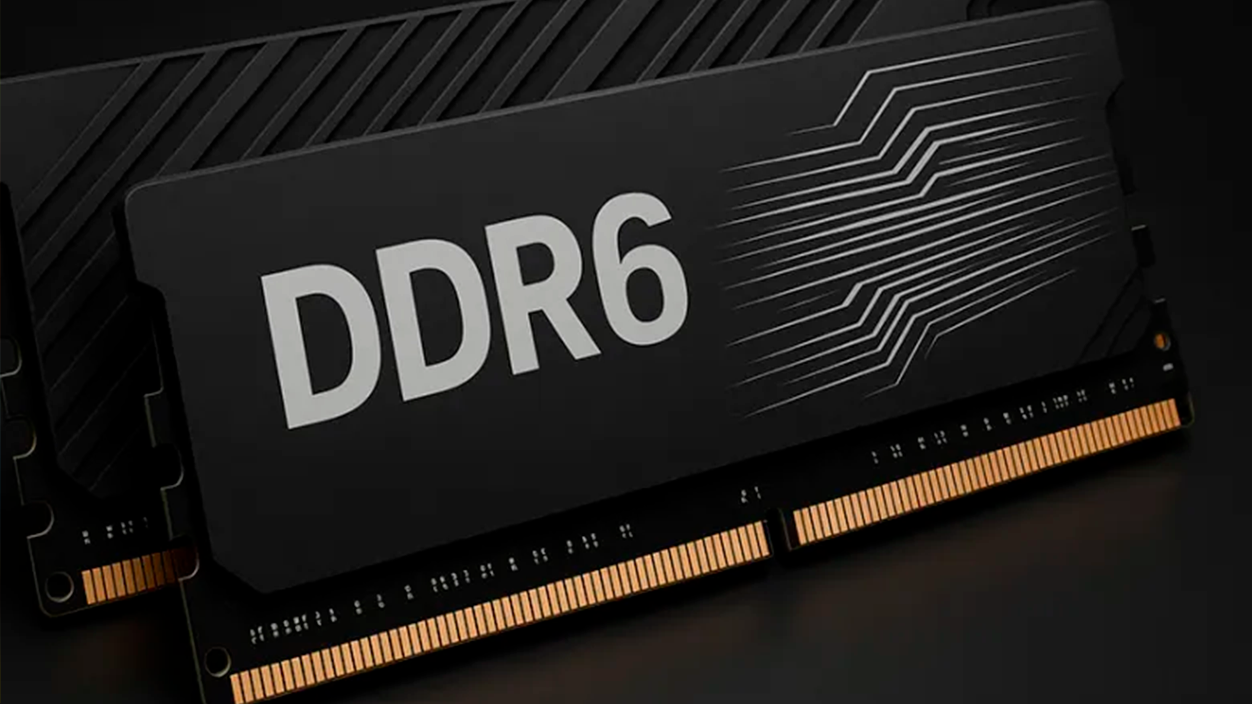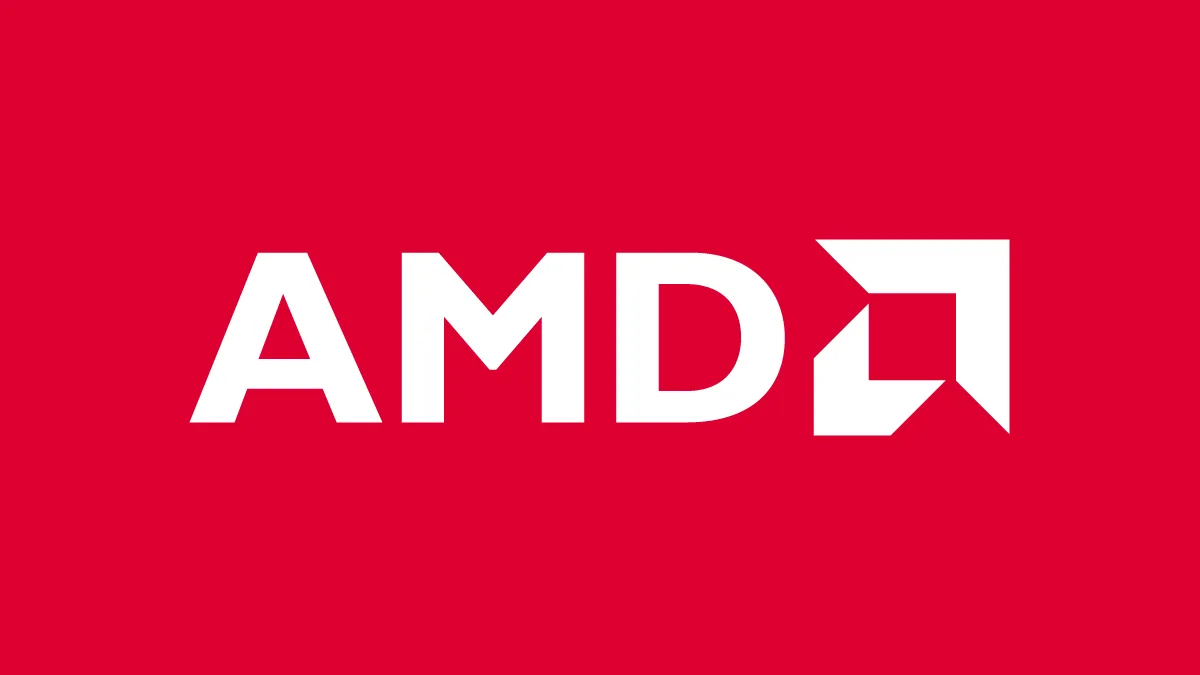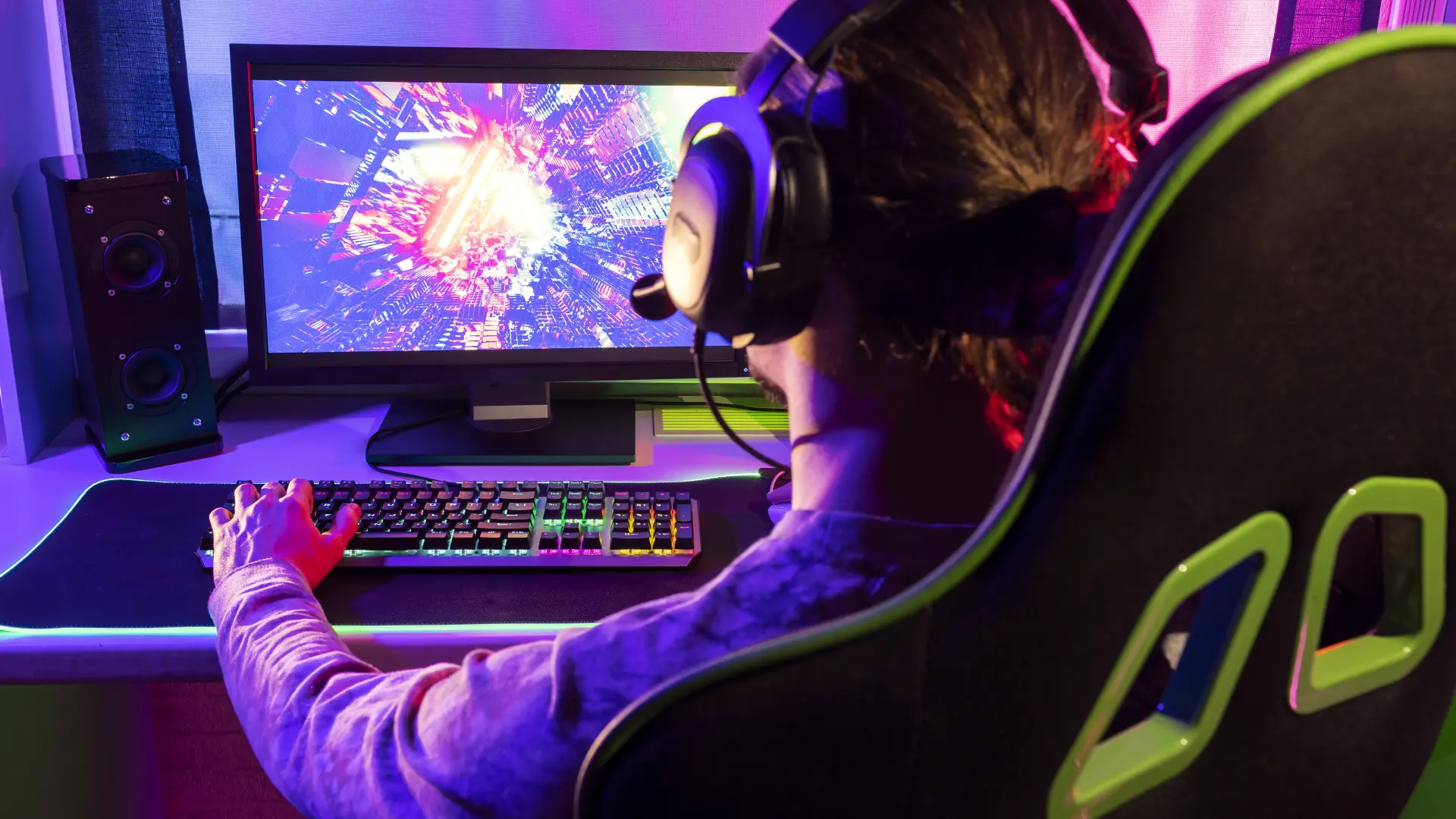- AMD has informed its partners of a minimum 10% increase in the price of its GPUs due to the rising cost of memory.
- The shortage of DRAM, GDDR6 and other chips, driven by the AI craze, is driving up costs across the entire chain.
- The price increase will affect both Radeon graphics cards and packages that integrate GPUs and iGPUs with VRAM, as well as other devices.
- The impact on stores is expected to be noticeable in the coming weeks, so many experts advise bringing forward hardware purchases.

The graphics card market is becoming increasingly difficult for consumers. Various industry sources agree that AMD has started a new price increase for its GPUsThis is driven by the sharp increase in the cost of the memory used in these products. These are no longer isolated rumors, but rather... internal communications to assemblers and partners who speak of a widespread increase.
In a context in which RAM, VRAM, and NAND flash memory They are rising sharply due to the huge demand for the data centers dedicated to Artificial IntelligenceThe impact eventually reaches consumer graphics cards. This means that, for the same AMD GPU modelThe user will have to pay more in the coming months than it cost just a short time ago.
AMD is preparing a general price increase for its GPUs
Various leaks, mainly originating from Industry sources in Taiwan and ChinaThey indicate that AMD has communicated to its partners a price increase of at least 10% across its entire line of graphics products. We're talking about both dedicated Radeon graphics cards and other packages that combine GPU with VRAM memory.
The company would have transferred assemblers such as ASUS, GIGABYTE or PowerColor that it is no longer viable to continue absorbing the increased cost of memory. Until now, a large part of that surcharge was being absorbed by reduce profit marginsHowever, the continuous increase in the cost of DRAM and GDDR6 has brought the situation to an unsustainable point.
In some cases, there is even talk of a “second round of price increases” In just a few months, it's clear that the rise in memory prices isn't a one-off event. The industry has been warning for some time that GPU companies couldn't maintain prices indefinitely if chip costs continued to skyrocket.
All this readjustment is happening while many Radeon RX 7000 and RX 9000 They had just reached or approached their official recommended prices. Several analysts have pointed out that, paradoxically, the historic low prices seen in recent weeks They could be the floor before a new upward leg.
The blame: the scarcity and rising cost of memory

The trigger for this situation lies in the brutal imbalance between supply and demand for memory globally. The production of DRAM and, above all, advanced chips such as HBM used in AI acceleratorsIt has become the priority for major manufacturers, displacing some of the capacity that was previously allocated to GDDR6 and other types of memory used in consumer products.
So far this year, there are reports indicating increases of almost 100% RAM usage in some segments, and up to a 170% increase in the cost of GDDR6 chips compared to the previous year, according to industry estimates. This surge means that GPU manufacturers like AMD, Intel, and NVIDIA can no longer absorb the impact without passing it on to consumers. graphics card prices.
The AI boom has been key in this process. Large AI data centers not only require thousands of specialized GPUs with their own VRAMbut also a large number of DRAM memory for servers and high-performance flash storage. This combination puts enormous pressure on the entire memory supply chain.
Furthermore, the shift in production lines to focus on more cost-effective technologies, such as HBM, reduces the availability of more “traditional” memories which end up in phones, laptops, and consumer graphics cards. All of this translates into less stock, more competition for each batch manufactured, and, as expected, Prices are rising at all levels.
How will the price increase affect AMD graphics cards?
According to what has been learned from internal communications and leaks, AMD has informed manufacturers that the The price increase will be at least 10%. regarding the current cost of products that include GPUs and VRAM. That includes both Radeon RX 7000 and RX 9000 graphics cards like other packages where memory is integrated.
The impact will not be limited to dedicated desktop GPUs. The list of affected products includes: APUs and processors with iGPUsolutions such as Ryzen Z1 and Z2 for handheld consoles and similar devices, and even chips intended for consoles like Xbox and PlayStationwhere the combination of CPU, GPU and memory is key to the final cost.
In the case of graphics cards purchased by PC users, the price increase will eventually be reflected in the final price in storeAssemblers, who already operate on tight margins, typically pass on virtually the entire price increase from AMD or other suppliers. It's expected that consumers will see significantly higher prices for the same GPU in a matter of weeks.
GPUs with more VRAM memory will be the most penalized. Models with 8 GB might see a somewhat more moderate increase, while graphics cards with 16 GB or more, from both AMD and other brands, may experience higher increases as the impact of the cost of each memory chip multiplies.
From the professional field to gaming: everyone pays the bill
The rising cost of memory not only affects the domestic consumer market, but also professional segments that rely heavily on it. powerful GPUs with plenty of VRAMSectors such as 3D design, video editing, animation, and simulation are already seeing how Hardware budgets are skyrocketing when looking to upgrade workstations.
The situation is aggravated because the demand for GPUs for AI data centers It competes directly with production destined for the professional and gaming sectors. For manufacturers, selling large volumes of GPUs to businesses and cloud providers is usually more profitable than focusing solely on the enthusiast user, so supply priority shifts where the most lucrative contracts are.
Meanwhile, PC gamers in Europe and Spain face a complicated situation: RAM, SSDs, and graphics cards all going up at the same timeThis combination makes building a new computer or upgrading an old one considerably more expensive than it was a few months ago, especially if you're aiming for high performance at 1440p or 4K resolutions.
Some distributors already acknowledge that, in modules of 32GB DDR5The purchase cost for stores has gone from figures around 90 euros plus VAT to around 350 euros plus VAT in a very short time. It's a leap that illustrates just how far Memory has become the bottleneck of modern hardware.
This whole situation leaves PC users in an uncomfortable position: a price increase for AMD GPUs of at least 10%Driven by the sharp increase in the price of DRAM and GDDR6 memory, this comes on top of a general surge in RAM and storage costs stemming from the AI boom and stock shortages. Internal communications from AMD to its partners, warnings from system builders, and price trends in Europe suggest that anyone needing to upgrade their graphics card, expand their memory, or build a new system would be wise to consider whether it's worthwhile to make their purchase before this new wave of price increases takes hold in the market.
I am a technology enthusiast who has turned his "geek" interests into a profession. I have spent more than 10 years of my life using cutting-edge technology and tinkering with all kinds of programs out of pure curiosity. Now I have specialized in computer technology and video games. This is because for more than 5 years I have been writing for various websites on technology and video games, creating articles that seek to give you the information you need in a language that is understandable to everyone.
If you have any questions, my knowledge ranges from everything related to the Windows operating system as well as Android for mobile phones. And my commitment is to you, I am always willing to spend a few minutes and help you resolve any questions you may have in this internet world.


